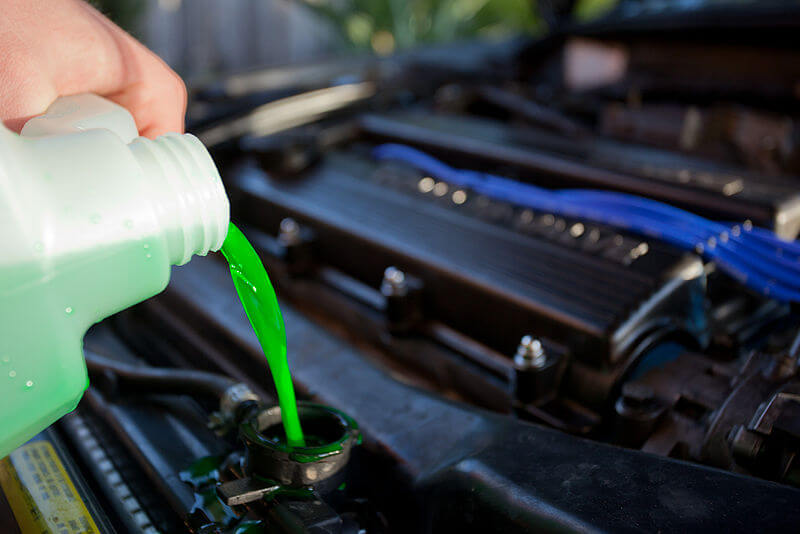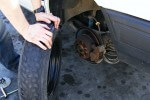Car Care & Maintenance · Featured Articles · The African Autos
Tips to Flush out Your Car’s Radiator
Just like the human body, a car’s engine needs to cool off after rumbling on the roads for some time lest it overheat. And the car’s radiator is that crucial part of the engine tasked with the responsibility of cooling the engine every time need arises. Armed with this understanding, you can always improve the effectiveness of your car’s radiator and by extension, the performance of your car by monitoring and removing rust or sludge that might be building up on the corners. Besides, this exercise needs not be regular. Flushing out your car’s radiator once in a year is very important.
Here are a few tips for flushing out your car’s radiator
Turn off the ignition to cool the engine
You do not want to burn yourself with an overheated engine. Well, accidents are prone to occur if you do not let the engine cool off first. Besides, it could be a huge challenge to flush the radiator when the engine is still hot. To avoid injuries from the hot engine, allow at least 2 hours for the heat from the engine to cede.
Fasten your car’s hood
This may seem obvious but you should ensure that your car’s hood is well fastened once you have raised it. You would want to avoid any injuries if the hood falls banging your head or hands while you are cleaning the metal slates. Make sure to remove all slogged dust and or rust from the metal slates, scrap off debris and any other dirt that might have accumulated on and around the radiator.
Center the Petcok
Before starting off the flushing exercise, make sure you have worn protective gloves. Pulling the petcock handle will enable you drain the radiator. However, exercise caution while draining the contents of the radiator. The liquid is usually toxic and may result to injury.
Check the functionality of the radiator parts
It is while cleaning that you get to check if all parts of the radiator are in good conditional. You would want to address any malfunction on as soon as possible. If not addressed, the car engine may finally overheat and will likely breakdown. Before this finally happens, your car’s performance will deteriorate and finally becoming ineffective.
Rinse the radiator
In order to rinse the radiator of any toxic content you would want to run water and fill it. Removing the petcock will allow you to drain the rinsing water. The clean radiator will be ready for adding new coolant.
Add coolant
After rinsing the radiator, add new coolant. Usually a new coolant is made from antifreeze and distilled water, both of equal amounts.
Bleed the radiator to avoid build up of pressure
To succeed with this mission, you should start the engine and keep it running until all air escapes from the radiator. However, you should remember to leave the coolant opening without cap on.

Add new engine coolant after flushing out the radiator
Image source: en.wikipedia.org/wiki/Radiator_(engine_cooling)
Check for any leaks
After flushing the radiator, check for any leaks from and around the radiator. Sometimes, it would require replacement of the radiator. In that case, you should replace it accordingly.






